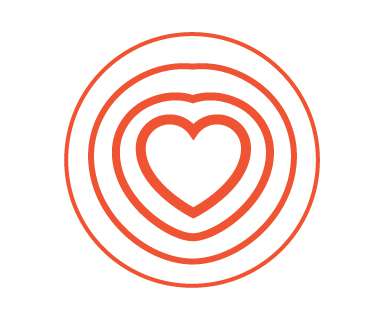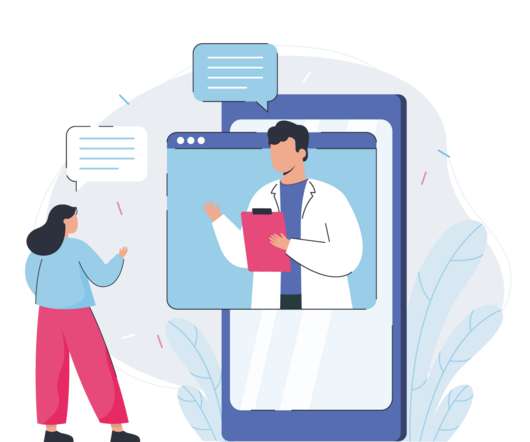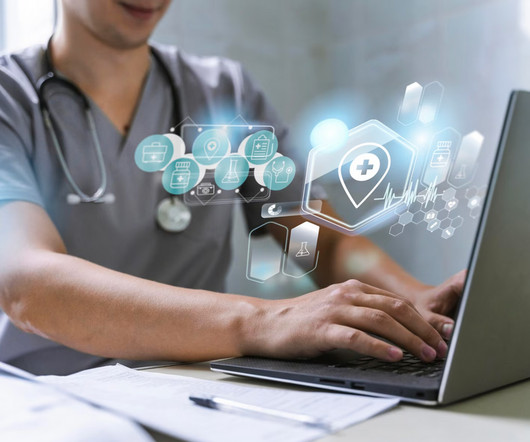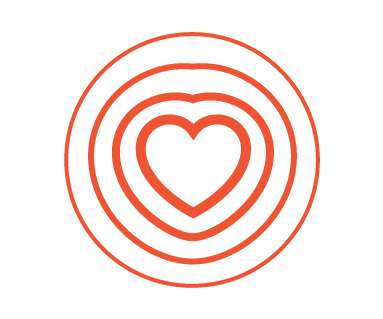Health Consumers Value Sharing and Downloading Health Data, But Privacy Concerns Remain
Health Populi
SEPTEMBER 21, 2020
are growing their health IT muscles and literacy, accelerated in the coronavirus pandemic. In particular, health consumers in America want more access to their personal health data, a study from the Pew Research Center has found in Americans Want Federal Government to Make Sharing Electronic Health Data Easier.


















Let's personalize your content